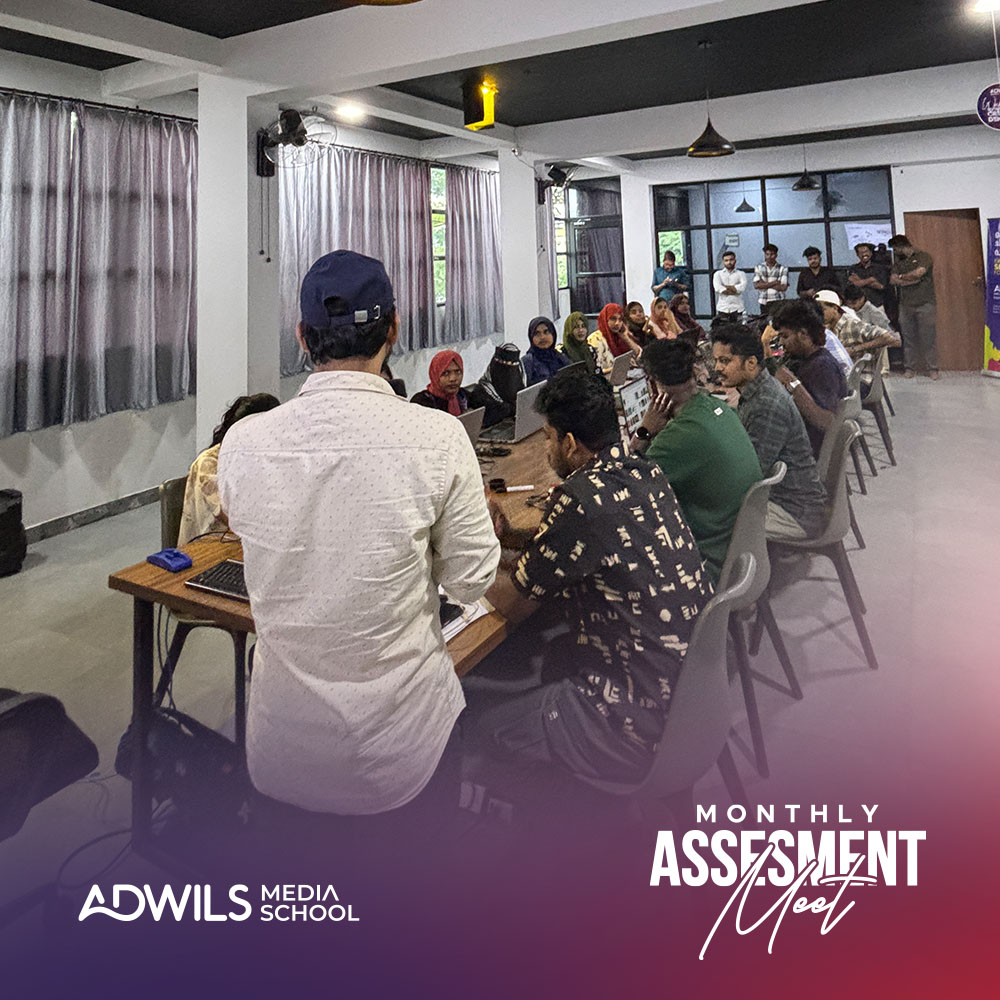
Introduction
The world of graphic design and UI/UX is more accessible than ever, with tools, resources, and tutorials widely available online. Whether you’re a student, a professional looking for a career change, or simply a creative individual, the question might cross your mind: “Can I really learn graphic design and UI/UX?” The answer is an enthusiastic YES! This guide will dive deep into who can learn these creative skills, why they are more approachable than you think, and how to get started.
Whether you live near the best graphic design agency in Perinthalmanna or simply search for an “advertising agency near me,” access to these skills has never been easy
Why Graphic Design and UI/UX Are Not Restricted to Professionals
For a long time, there was a misconception that only people with formal education in art or technology could excel in graphic design or UI/UX. But with advancements in software and a growing need for design skills across all industries, this notion has been turned on its head. Today, anyone can pick up these skills, whether you’re tech-savvy or a complete beginner.
Who Can Learn Graphic Design?
If you’ve got a knack for creativity or simply enjoy making things look aesthetically pleasing, you’re halfway there! Here’s who can jump into graphic design:
1. Complete Beginners
Never held a pen or designed a flyer? No worries! The availability of tutorials and easy-to-use tools makes it simpler than ever for beginners to start designing. Graphic design tools like Canva, Figma, and Adobe Spark are excellent platforms for beginners to experiment without the complexity of advanced software like Photoshop or Illustrator.
2. Career Changers
Graphic design is an ideal field for those seeking a mid-career shift. With demand booming in fields such as digital marketing, branding, and advertising, professionals from marketing, communication, or even non-related fields can transition into graphic design.
3. Creatives Without Tech Experience
Don’t let a lack of tech knowledge hold you back. Graphic design relies on creative thinking and an eye for detail, which can easily be developed through practice. You don’t have to know coding or be a software expert to create beautiful designs.
Who Can Learn UI/UX Design?
UI/UX design is about more than just making websites or apps look pretty; it’s about making them functional and easy to navigate. If you’re curious about problem-solving and user experience, you can excel at UI/UX without any formal education in tech. Here’s who might enjoy it:
1. Problem Solvers
Do you love finding solutions? UI/UX design requires a knack for solving user experience problems. If you’re the type who enjoys figuring out how things work, UI/UX might be the field for you.
2. Non-Tech Professionals
Many UI/UX designers come from backgrounds like psychology, marketing, and communication. Why? Because UI/UX design is not just about aesthetics; it’s about understanding user behavior and ensuring users have a seamless experience.
3. Anyone with Curiosity
Curiosity is key. If you’re naturally curious about how apps or websites work and how users interact with them, UI/UX design offers endless opportunities to explore, test, and improve.
How to Get Started in Graphic Design
Graphic design isn’t about starting as a pro—it’s about building up skills step by step. Here’s a simple roadmap to help you get started:
1. Learn the Basics of Design Principles
Design principles like color theory, typography, and visual hierarchy form the foundation of any great design. Start by learning these concepts through online courses on platforms like Coursera, Udemy, or Skillshare.
2. Master Design Tools
Graphic design tools are essential, but you don’t have to master them overnight. Start with beginner-friendly platforms like Canva and gradually move to more advanced software like Adobe Illustrator and Photoshop.
3. Practice, Practice, Practice
Design is a hands-on skill. Create as much as possible—whether it’s logos, social media posts, or redesigning websites. The more you practice, the more confident you’ll become.
4. Build a Portfolio
Even as a beginner, it’s crucial to start building a portfolio. Showcase your best work and continue updating it as you improve. This portfolio will be your ticket to landing clients or job opportunities
How to Get Started in UI/UX Design
UI/UX is a multidisciplinary field that requires both creativity and analytical thinking. Here’s how you can start:
1. Understand User-Centered Design
User-Centered Design (UCD) is at the heart of UI/UX. Learn how to think from the user’s perspective, focusing on how they interact with a product, app, or website. You can find free resources on UX design principles through platforms like Interaction Design Foundation.
2. Learn Design Tools
Popular tools for UI/UX design include Figma, Sketch, and Adobe XD. These platforms allow you to create wireframes, mockups, and prototypes. Begin by familiarizing yourself with their interfaces and functionalities.
3. Solve Real-World Problems
UI/UX designers need to focus on solving real-world problems. Practice by redesigning existing apps or websites. Think about what could be improved in terms of user experience, accessibility, and overall flow.
4. Join Design Communities
Get involved in design communities such as Dribbble or Behance. These platforms allow you to showcase your work, receive feedback, and engage with other designers, fostering both growth and learning.
